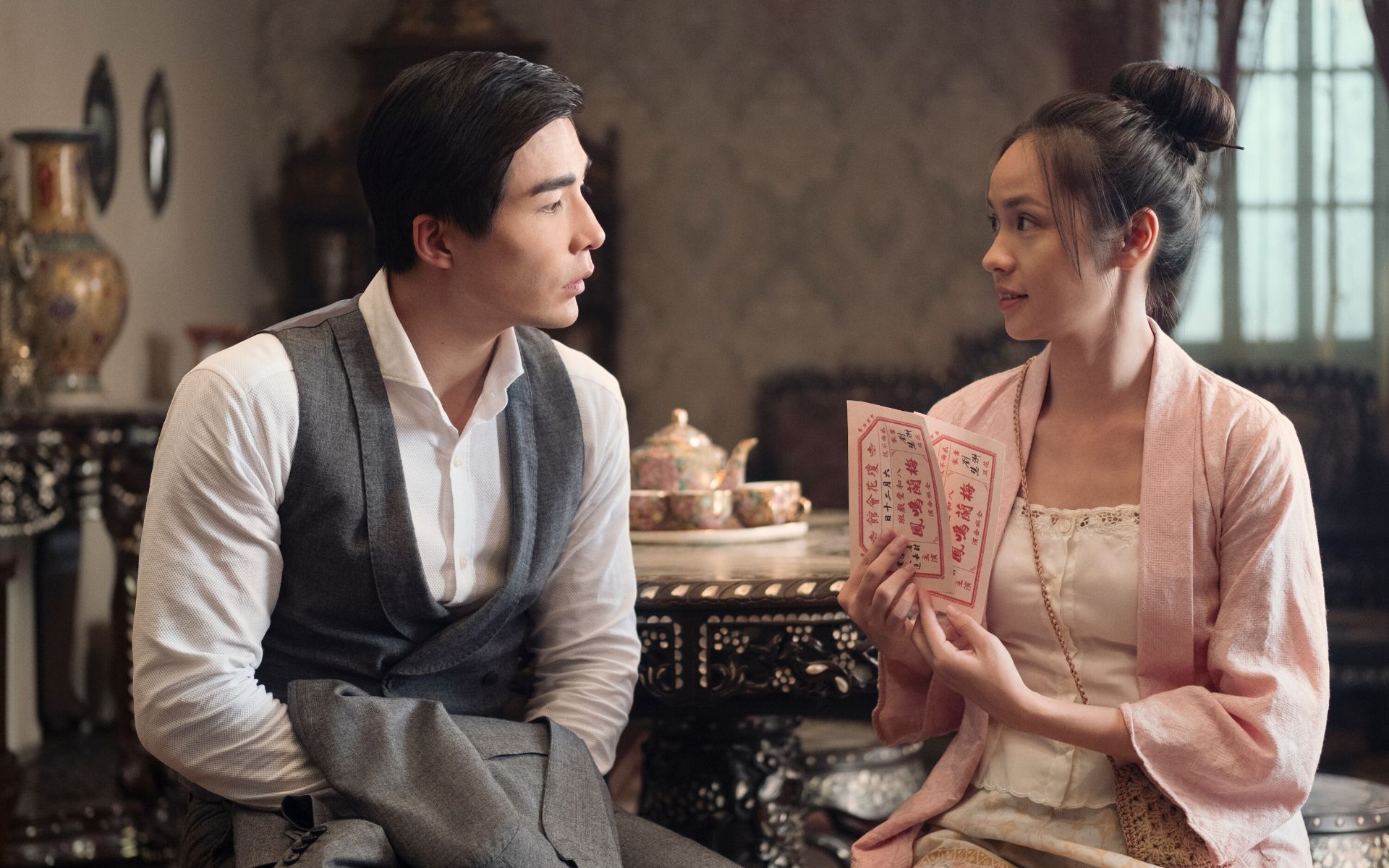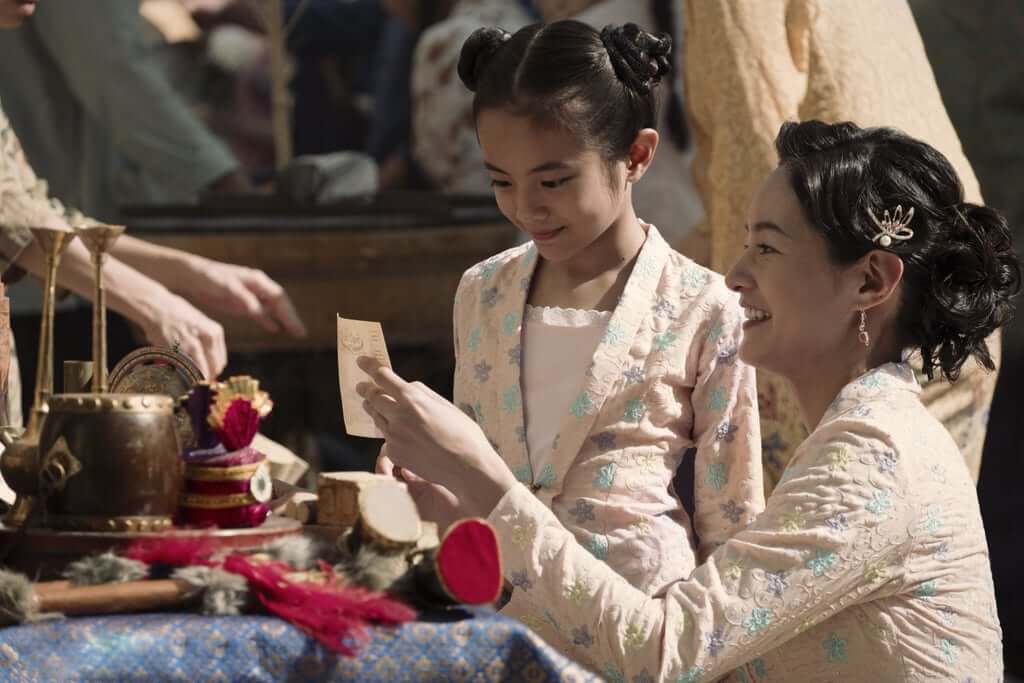

Li Lan has long thirsted for a life of travel and adventure her fascination with the Ming explorers of Africa partly draw her to the well-traveled Tian Bai. This last brings her into contact with Er Lang, a mysterious government functionary whose true nature will be apparent to anyone familiar with Chinese folklore. There, Li Lan dodges demons, rides a supernatural horse, learns the secrets of her family history, and (in a nod to the Chinese classics) investigates a conspiracy involving the corruption of one of the Nine Judges of Hell. Victimized by a lecherous ghost and her own hasty actions, Li Lan spends much of the book in a spirit world, in which Choo uses a neat bit of world-building to reconcile contradictory Chinese traditions. In fact, the supernatural elements that dominate the story serve in large part to liberate her from the strictures on a woman of her background in the 1890s. I had never been so close to one before.”īut Li Lan’s gender and class (like many a Jane Austen heroine, she is genteel but impoverished) tightly restrict her to the Chinese community. The only non-Chinese character Li Lan meets is Dutch, described in a beautiful bit of cultural othering: “The pale light illumined a nose like a parrot’s beak and deep eye sockets. I would have liked more about the cultural contacts between the Chinese, Malay, Sikh, Tamil, Arab, Dutch, and British communities. Malacca’s Chinese community, which exists in an uneasy thrall to both mainland China and the British, blends its own traditions with Malay customs, and the US-based Choo’s love for this ancestral land shines through. One of the great strengths of The Ghost Bride is its setting in Malacca, a diverse trade hub in the British colony of Malaya. Li Lan must discover the truths behind Tian Ching’s death and that of her own mother, and thwart a vast cosmic conspiracy, in order to follow her own desires and marry for love.

Li Lan fiercely opposes this match, but is nonetheless drawn to the Lim family when she falls for its living heir, Tian Bai, and finds herself being aggressively haunted by his cousin Tian Ching. Pan Li Lan, our heroine, receives an unusual and insulting proposal, to wed Tian Ching, the dead son of the wealthy Lim family, in a ghost marriage.


While it covers much of the same material as Lisa See’s Peony in Love, the fast pace and more likeable protagonist make it a better read. Yangsze Choo’s The Ghost Bride is a fantasy novel set partly in the Chinese community of 1890s Malaysia, and partly in the Chinese otherworld of ghosts and demons.


 0 kommentar(er)
0 kommentar(er)
